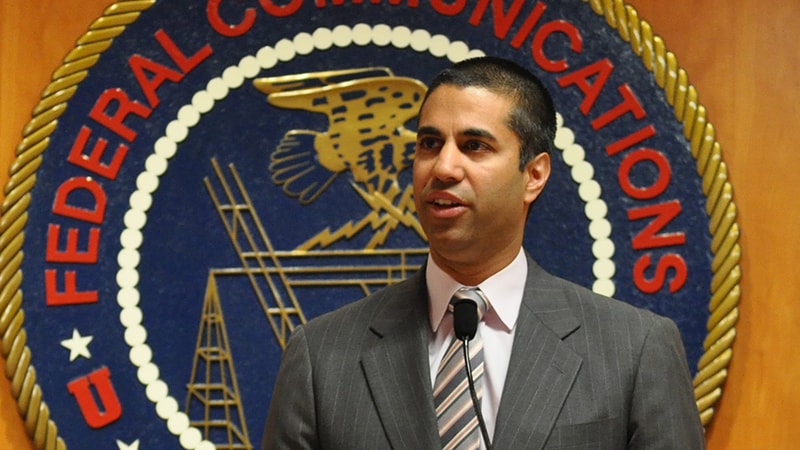
Federal Communications Commission Chairman Ajit Pai said in a blog post on July 10 that the agency will consider the $20.4 billion Rural Digital Opportunity Fund during its August meeting. Pai introduced the Fund back in April of this year.
The fund would provide money via a reverse auction to service providers, who would then use the cash to deploy needed infrastructure for “up to gigabit-speed broadband in the parts of the country most in need of connectivity,” according to a statement from the FCC when the fund proposal was first introduced.
“This April, I joined the President at a White House event, where I announced my plans to create the Rural Digital Opportunity Fund, a modernized approach for connecting the hardest-to-serve corners of our country,” Pai wrote in the July 10 blog post. “Today, I’m circulating a proposal to formally establish this program. If adopted, the Rural Digital Opportunity Fund will mark the Commission’s single biggest step yet to close the rural digital divide and will connect millions more rural homes and small businesses to high-speed broadband networks.”
In the blog post, Pai provided more specific on how the reverse auction process would work and what areas would be prioritized.
“I’m proposing to disburse support in two phases using a multi-round, descending-clock reverse auction,” he wrote. “This will ensure that the most unserved Americans will be covered for the lowest cost possible. Phase I would target those areas that we already know are wholly unserved. Then, Phase II would target (1) any areas not won in the first phase and (2) those areas that are partially served once the Commission has more granular information about which areas are already served … My proposal would increase the minimum speed from 10/1 Mbps in the last auction to 25/3 Mbps, and it would favor faster services with lower latency, like gigabit Internet access. My proposal would also open the auction to all types of Internet service providers, such as rural telephone companies, small cable providers, fixed wireless companies, and electric cooperatives.”
Pai also discussed another new proposal for Digital Opportunity Data Collection. This would be “an all-new approach to mapping that will collect granular broadband availability maps from service providers using shapefiles,” he said. However, while data would be collected from service providers, Pai proposes verifying that data via crowdsourcing via direct public feedback.
